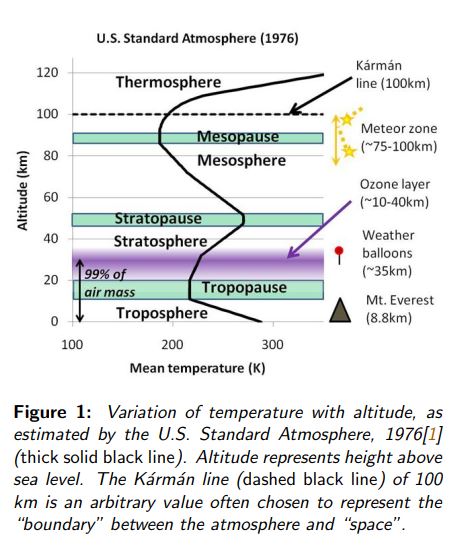I vote = old cow too.
I reckon she look ok for an old chook.Lovely hands
*mingeI reckon she look ok for an old chook.Lovely hands
OK she's either a old cow or an old chook. What is it ?
I beat off 8 people.

No, she doesn't. It's a low pressure system.Breaking: Cyclone Uesi regains her cyclone status and silences her critics.
She is a "Subtropical Cyclone" !
https://agupubs.onlinelibrary.wiley.com/doi/abs/10.1029/JZ067i004p01401
Chinook.OK she's either a old cow or an old chook. What is it ?
Hey @Gronk I think you should read this. Then tell me what it says.
How the UN’s climate change panel created a “scientific consensus” on global warming
Cougar material. Most likely been to Byron Bay with that dress sense. Not a disgrace, just a victim of a plugged in society where she most likely didn't see the 143 backing up.
Im no twit expert, but isnt he reposting someone elses tweet or insta or whatever?
